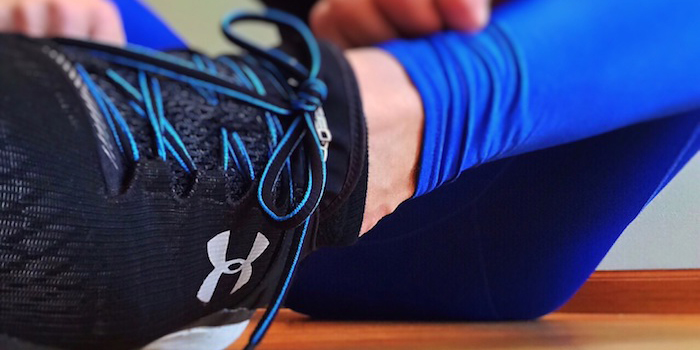
I got my first writing job in 1969 after doing a master’s degree in philosophy. Once trained to cover business, I found I loved the work. That was the start of a long career, writing for daily newspapers about consumer and money issues. I’m still writing for the Toronto Star, even though I took a retirement package in December 2015.
Last year, I wrote 52 weekly columns for the Star. I also taught investing courses to adults at the University of Toronto and headed up a registered charity advocating for investor rights.
My husband, who retired before I did, wonders why I’m not home more and why we travel less than before. I tell him it’s time-consuming to be semi-retired. And I like it that way.
Mike Drak, a former banker, left his corporate job after three decades because it was stressful and damaging to his health. But he knew a cold-turkey retirement wasn’t in the cards for him.
“I get bored easily and the thought of possibly spending more years in retirement, with nothing to do, than I had spent in my working life scared me a little—no, make that a lot,” he says in a book written with former National Post and MoneySense financial journalist Jonathan Chevreau.
Chevreau, who spent 10 years trying to get the financial world to replace the word retirement with Findependence (short for financial independence), liked Drak’s concept of Victory Lap Retirement.
Think of Usain Bolt, the talented Jamaican sprinter. After he wins gold at the Olympics, he takes a slow jog around the track—a happy time of continuing to run—known as a victory lap.
Victory lap retirement refers to a stage between a salaried primary career and a full-stop life of leisure once you leave your job. It’s about working because you want to, not because you have to (financially speaking).
To enjoy a victory lap retirement, you must become financially independent first. This means being debt-free and having several streams of income arising from pensions, investments, part-time work, rental real estate or Internet businesses.
“Findependence is best described on a cash-flow basis,” the authors say in their 2016 self-published book. “It’s the point where your basic (non-discretionary) living expenses are covered by your passive (non-work) income.”
If you need $30,000 a year to cover your living expenses, for example, you need $30,000 in after-tax, non-work income to be financially independent. Any money you earn from work is a “playcheque,” which you can use for pleasure.
I’m not as hopeful as Drak and Chevreau about Canadian families’ ability to reach that magical state. Debt, divorce and disability keep many people from saving enough during their working lives to fund a long life after work.
My husband and I are financially comfortable. But I like the idea of using my decades of experience helping people fight back against corporate trickery. And I want to avoid depleting our savings too quickly.
Part-time work is an ideal compromise for me. And I’ll do it until I’m ready to opt for full-time retirement.







